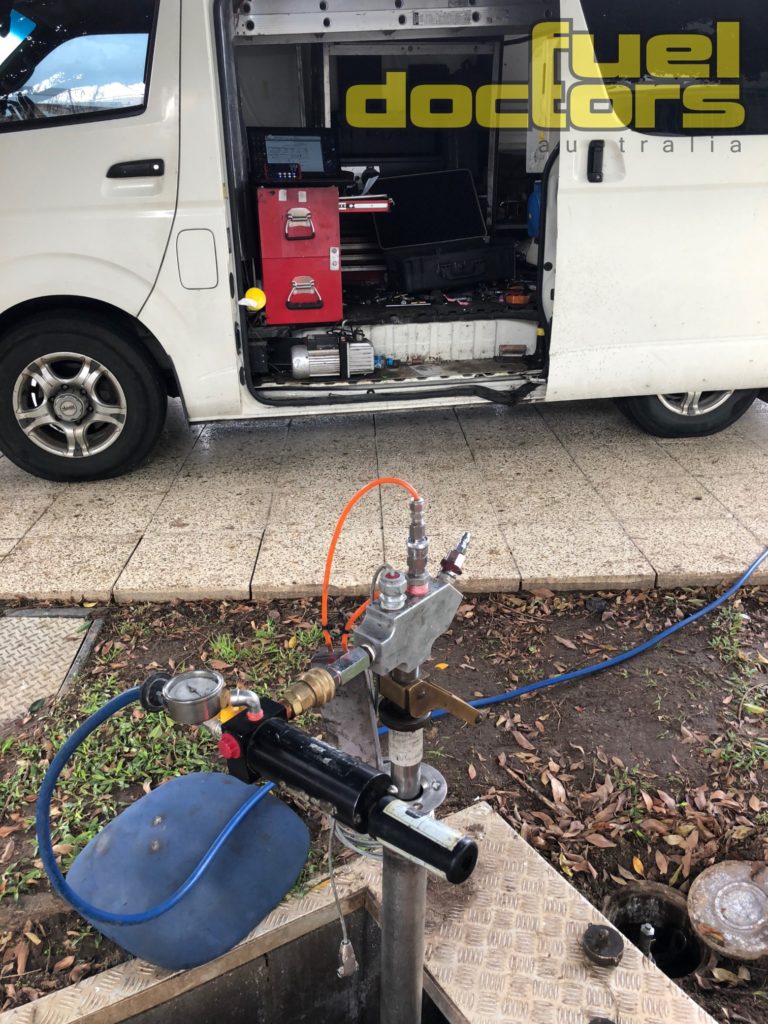Tank & Line Integrity Testing
The majority of existing underground fuel storage tanks are manufactured from steel with steel suction and vent lines. Twin-skin tanks have either a fibreglass or steel inner and a fibreglass outer. The outer skin acts as secondary containment should the inner skin fail.
The life expectancy of a steel tank and lines is twenty to thirty years where that system is installed to the appropriate standards in an ideal environment.
Fuel Doctors have had to replace or abandon numerous steel tanks and lines over the years that did not make it to their first ten years, due to site specific instillation deficiencies and/or a lack of preventative maintenance.
High rise buildings with emergency power instillations place the storage tank at the lowest level in the building, up to six floors below ground. Life expectancy of these buildings can average seventy years. Consequently, preventative maintenance of the fuel containment system is a must to maintain service life and minimise environmental impact to the surrounding area.
Ground water and condensation are the main catalysts for tank and line failure. Corroded vent lines will allow ground water to flow freely into the tank, compromising fuel quality and tank shell life. Without integrity testing, these issues only become apparent due to engine damage by contaminated fuel.
90% of the tanks extracted by Fuel Doctors since 1992 have rusted from the inside. Integrity testing can determine ingress or egress and should be undertaken annually as part of a preventative maintenance plan.




